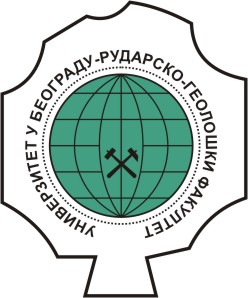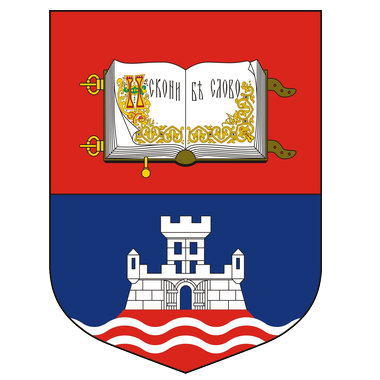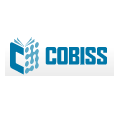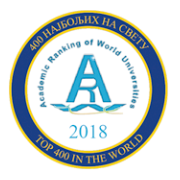
HOME
FACULTY
About
Organization
Akreditacija
Sertifikati
Izdavačka delatnost
Akta
Alumni
Javne nabavke
Dokumenta
Contact
STUDIES
Opšte informacije
Undergraduate studies
Master studies
Doctoral studies
Cenovnik
Diplome
Obrasci
TEACHING
Teaching staff
Raspored nastave
Raspored ispita
Kalendar
Teme završnih radova
SCIENCE
Projects
Laboratories
Researchers
Stipendije
Innovation and technical solutions
Naučni skupovi





